

Figure 1 - A large concrete chunk fell and hit a car on the lower deck of the Richmond-San Rafael Bridge on Feb. 7. More concrete fell in the afternoon.
The iconic Richmond-San Rafael Bridge is literally falling apart. In the face of chronic and increasingly serious structural failures in the bridge, CalTrans has announced that it will be shutting the Richmond-San Rafael Bridge down indefinitely on April 15 and then evaluating whether it can ever be reopened to vehicle traffic in the future.
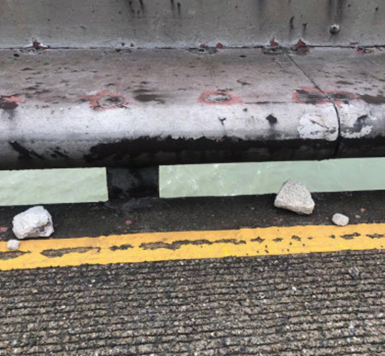
Figure 2 - Football-size chunks of concrete are falling from the top deck to the lower deck
The 63-year-old bridge appears to have reached the end of its useful life and will most likely have to be totally replaced, a process that could take as long as ten years and cost multi-billions of dollars.
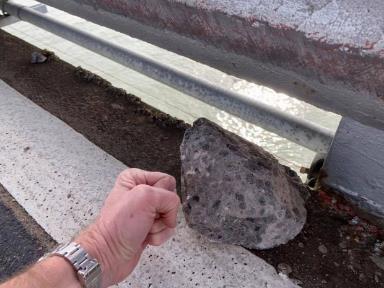
Figure 3 - A large piece of concrete was among the debris that fell from the top deck of the Richmond-San Rafael Bridge on Thursday. (California Highway Patrol photo)
CalTrans spokesman Matt Rocco commented in “Richmond-San Rafael Bridge will get 61 joints replaced following mishap.”
The 61 sliding plate joints were left out of seismic-retrofit and other fix-it efforts that happened in the early 2000s, a time when the bridge suffered periodic breaks and gashes, including some holes that revealed the water below. During that period, engineers rebuilt 795 of the bridge’s 856 joints, but decided that the remaining 61 — which are located on the truss section and date back to the 1950s — did not need to be replaced.
Expansion and sliding plate joints are pieces of steel that connect gaps in the bridge and allow it to move when the temperature changes. They endure constant battering from heavy trucks, briny air and rain.
“Look, the freight going through the Bay Area in 2019 is not the traffic mix of 1960,” said Caltrans spokesman Matt Rocco.
Rocco noted that now, six decades since the span’s construction, more heavy trucks are traveling between the east and north bay.
While crews were focusing on the expansion joints, a slab of pavement opened up (More problems arise on aging Richmond-San Rafael Bridge.)
More troubles plague the Richmond-San Rafael Bridge, a structure that experts say was built at a time when road builders were more concerned with maximizing the number of miles they constructed than the longevity of the bridge.
Just as repair crews began fixing the 61 other expansion joints on the Richmond-San Rafael Bridge, Caltrans was called out to inspect a mean looking pothole. Caltrans closed one of the westbound lanes to do a temporary quick fix just after 9 a.m. Monday. It was completed before noon, but will be followed by a more permanent fix Monday night.
"Got an inspector out to take a look at it and what that revealed was that it was the failure of a concrete patch and that had exposed some of the steel rebar in the deck," said the Metropolitan Transportation Commission's John Goodwin.
A large concrete chunk fell and hit a car on the lower deck of the Richmond-San Rafael Bridge on Feb. 7. More concrete fell in the afternoon.
The 63-year-old bridge, with thinner, lighter decks than bridges farther south in the Bay is showing its age, and chronic problems.
We anticipate, over the course of the next 10 years, that's probably going to require about $80 million in maintenance," said Mr. Goodwin.
In the last five years, overall Richmond-San Rafael Bridge traffic is up 13%; far more than the increase on the Bay Bridge. During the morning rush, since 2010, traffic is up more than 30% with more expected. As we go into the 2020's, the question is: are we going to have to replace the entire deck of the Richmond-San Rafael Bridge?
"It is very much on our radar screen. That is a project that would certainly entail hundreds of millions of dollars in expense and there is not an identified source of funds for that kind of a project yet," said Goodwin.
The most likely source of re-decking or replacement funds would come from higher tolls on all state owned bridges. Major re-decking or replacement of the 5.5 mile long Richmond San Rafael Bridge is at least a decade or more away with a cost estimate in the multi-billions.

Figure 4 - Fallen concrete chunks collected during the bridge closure on the Richmond-San Rafael Bridge. (California Highway Patrol photo)
The risks have finally become just too great said Caltrans spokesman Effing Pont on March 29. “First, it was a few football-sized chunks of concrete falling on the lower deck, then a major swath of roadway gave way.” “Next, it will be a car or, God forbid, a garbage truck, falling through the deck. We can’t take that chance. The public’s safety is our highest priority.”
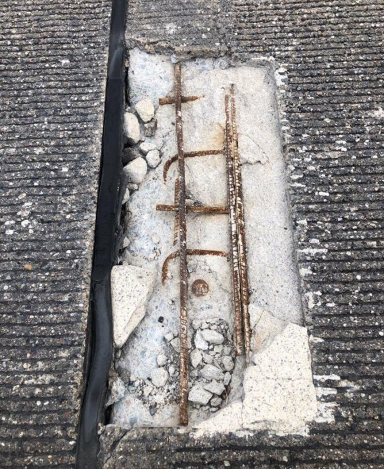
Figure 5 - A spall large enough to swallow a small car appeared on the upper deck. Note rusted rebar.
CalTrans has alerted major transportation agencies, including MTC, CCTA, BATA, WCCTAC, TAM, AC Transit and WETA, to implement contingency plans to accommodate the growing morning and evening commute traffic on the bridge. Without a bridge to provide the roadway, traditional alternatives such as buses are useless.
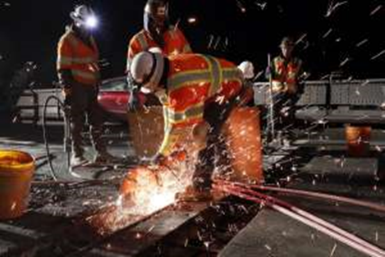
Figure 6 - Ongoing expansion joint repairs are just the tip of the iceberg
In an emergency meeting yesterday, leaders of the transportation agencies selected the only available means of bridging the gap – ferries. The Richmond ferry terminal is now open, and the Larkspur terminal has been operating for years. The solution is to create a new ferry route between Richmond and Larkspur Landing that can accommodate the traffic now using the bridge. There is actually plenty of ferry capacity to carry all the people who are now drivers and passengers in the existing bridge traffic. The ferry logistics are challenging but doable. It is the parking and destination transportation at either that are more formidable challenges.
A team of traffic engineers from multiple agencies, with assistance from the esteemed UC Berkeley transportation planner Dr. Isidro Carr, have determined that parking at the Richmond end will be addressed by utilizing the huge unused parking lots at Hilltop Mall and providing shuttles at 15-minute intervals to the Richmond ferry. The Larkspur Landing requires a different solution because southern Marin is a job destination for most morning commuters. They don’t need a parking lot; they need a way to get to work from the Larkspur ferry terminal and get back in the evening. Local buses, the Smart Train, Uber, Lyft, bike share and scooter share will pick up the slack.
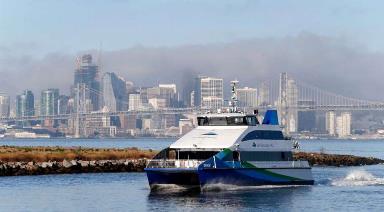
Figure 7 - The new Richmond ferry service can be expanded to accommodate commuters to Marin
Perhaps the one piece of good news is that the upper deck of the bridge can still be used for bicycle and pedestrian traffic, so the schedule for the bikeway planned to open in the summer may be pushed up to go into service when the bridge closes to vehicle traffic in April. “Bikes and pedestrians are much lighter than motor vehicles and don’t cause the level of vibrations that have been a factor in the recent roadway failures,” said CalTrans spokesman Effing Pont. “If we limit bikes and pedestrians to the upper deck, they won’t be exposed to falling concrete in the future.”

Figure 8 - In just two weeks, cyclists and pedestrians will have the bridge to themselves.
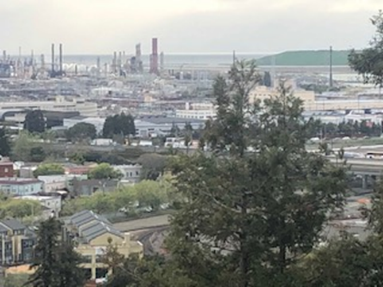
Figure 9 - Lines of vehicles waiting to cross the bridge in the morning typically extend back to Marina Way or further
Local elected officials on both sides of the bridge have also been alerted and are playing a critical role in the contingency planning.
No one understands the problem better than Mayor Tom Butt, who, as an architect, has become an expert in concrete failures. “When the bridge was designed and built,” explained Butt, “corrosion-resistant (epoxy coated) rebar was not available. Conventional steel rebar is protected from corrosion for years by the alkaline chemistry of concrete, but eventually carbon dioxide in the atmosphere reacts with water and calcium hydroxide in the concrete to form calcium carbonates and subsequently dilute carbonic acid that attacks the steel reinforcement. When steel rusts, it expands, and the internal pressure can break off chunks of concrete in a process called “spalling.”
“In a marine environment,” added Butt, “this process can be exacerbated. And we all know that global warming is also associated with increased carbon dioxide in the atmosphere. It’s the perfect storm.”
Butt has asked the City of Richmond transportation staff to speed up programs that provide shared electric bicycles and scooters for future bridge commuters. “In many ways, this is a tragedy for commuters,” said Butt, “but it will be a boon for the Richmond economy.”
On the Marin side of the bridge, County Supervisor Damon Connally convened yet another emergency meeting, but with a different focus. Connally and Transportation Authority of Marin (TAM) Director Diane Steinhauser have been the leading proponents of opening a third vehicle lane westbound instead of the planned bicycle lane. “This appears to be a despicable plot to subvert our plans,” fumed Connally, “We will get to the bottom of this and get our project back on track.”
Ben Choi, a Richmond City Council member who works in Marin, countered Connally’s outburst. “If you elitist Marinites had built enough affordable housing, we wouldn’t be having this commuter crunch in the first place.” Choi said he originally wanted to live in Marin but couldn’t afford it, so now he commutes. “I actually look forward to taking the ferry,” Choi, who drives an electric car and works for MCE Clean Energy, continued. “Anything to get those gas guzzlers off the road is progress, in my opinion.”
Nat Bates, the contrarian Richmond City Council member wanted more than just passenger ferries. “We can’t deprive people of the use of their cars,” argued Bates. “We need to resurrect the old car ferry service between Richmond and San Rafael. I remember it well. It worked flawlessly until it was abandoned when the bridge was completed. There’s no reason it can’t work again.”
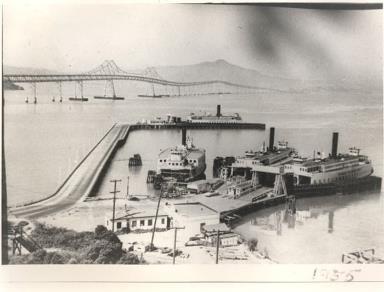
Figure 10 - The car ferry between Richmond and San Rafael stopped running in 1956
Always one to look for a non-confrontational resolution, Councilmember Jael Myrick reminded Bates that commuters who want to drive to Marin and back can still go across the Bay Bridge and Golden Gate Bridge, or they can head north and take Route 37. “It lengthens the commute, mused Myrick, “ but with the current backup, those people are used to spending a lot of time behind the wheel anyway. What else do they have to do?”
RPA stalwarts Eduardo Martinez and Melvin Willis staked out a different position. “Commuting is inherently unsustainable,” said Willis. “We need a jobs-housing balance in the new Green New Deal. If workers can’t afford to live in Marin, they shouldn’t work there. Let those Marin County people tend their own landscaping, take care of their own kids and make their own lattes for a while, then maybe they’ll change their tune.”
“I agree,” said Martinez. “If Marin had rent control like Richmond, we wouldn’t even be talking about this. We are organizing a Marin Progressive Alliance that should be up and running soon. We’ll save Marin just like we saved Richmond!”
Not to be left out, Richmond’s youngest and newest councilmember, Demnlus Johnson, III, said, I’ve never been to Marin County, and I don’t know why anyone would want to go there. I have everything I need in Richmond. I don’t understand what the fuss is all about.”

Figure 11 - People stand next to cars as other motorists begin to turn around on the eastbound lanes of the Richmond-San Rafael Bridge in San Rafael on Thursday. Traffic came to a standstill after all lanes were closed due to the discovery of a concrete chunk on the bottom deck, prompting an emergency inspection of the span. (Alan Dep/Marin Independent Journal)
No one is happier about this turn of events than Norma Wallace, a Point Richmond resident who complained, “ Vehicle drivers looking for a way to avoid the bridge morning backup totally clog Point Richmond streets every morning. I can’t even get out of my driveway!”

Figure 12 - Clogged Point Richmond streets (Norma Jean Wallace)
Watch the news for new developments in this astounding turn of events.
Meanwhile, enjoy your April 1 – April Fool’s Day |

